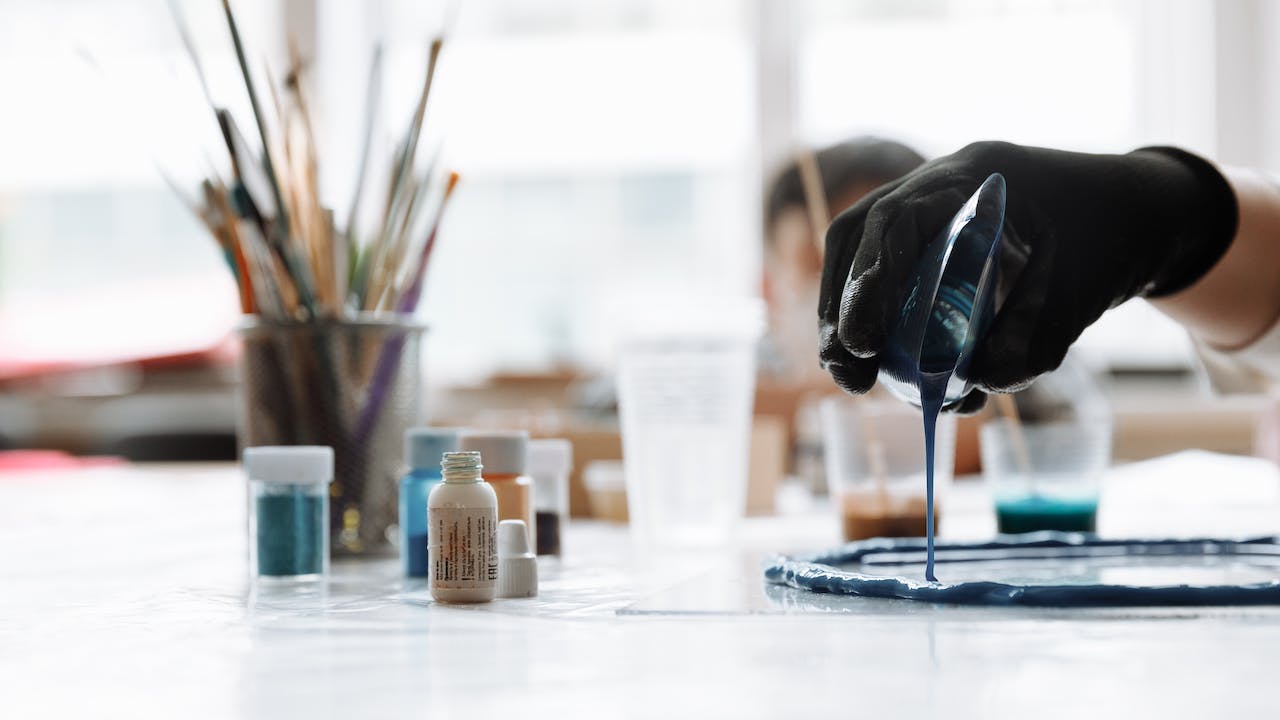Polymer clay is a highly versatile crafting material favored by artists and hobbyists worldwide for its flexibility, ease of use, and the vibrant possibilities it offers. One common question that arises is whether polymer clay can be painted after it has been baked. This article aims to comprehensively address this query, delving into the intricacies of painting polymer clay post-baking, exploring techniques, tips, and considerations to achieve the best results.
The Basics of Polymer Clay
Before exploring the painting aspect, it’s crucial to understand what polymer clay is. Polymer clay is a type of hardenable modeling clay based on the polymer polyvinyl chloride (PVC). It typically contains no clay minerals but takes its name from its malleable, clay-like consistency. It’s loved for its ability to hold fine details, its durability once baked, and its availability in a myriad of colors.
Baking Polymer Clay
Baking is a crucial step in working with polymer clay. It’s the process that transforms the clay from a soft, pliable form into a hardened, durable material. The baking process varies depending on the brand and thickness of the clay, but it generally involves heating the clay in an oven at a specified temperature for a set duration. Proper baking ensures that the clay is fully cured and ready for further processes like painting or varnishing.
Can You Paint Polymer Clay After Baking?
The short answer is yes, you can paint polymer clay after it has been baked. However, there are several factors to consider to ensure the paint adheres well and the final product looks professional.
Choosing the Right Paint
Not all paints are suitable for use on polymer clay. Acrylic paints are often recommended due to their ease of use, quick drying time, and compatibility with polymer clay. Oil-based paints can also be used, but they require a longer drying time and might react differently with the clay.
Surface Preparation
Preparing the surface of baked polymer clay is critical for painting. The surface should be clean, free of dust, and slightly roughened for better paint adhesion. Lightly sanding the surface with fine-grit sandpaper can create a texture that helps the paint to stick.
Painting Techniques
There are various techniques for painting polymer clay, ranging from simple brush application to more advanced methods like dry brushing, sponging, or airbrushing. The technique chosen will depend on the desired effect and the level of detail required.
Sealing the Paint
Once the paint has dried, it’s often advisable to seal the painted clay to protect the paint and enhance durability. A clear acrylic sealer or varnish can be applied. This step is particularly important for items that will be handled frequently or are intended for outdoor use.
Creative Possibilities and Limitations
Painting polymer clay opens up a world of creative possibilities. You can create intricate designs, add details that weren’t possible with the clay alone, or completely change the color scheme of your piece. However, it’s important to be aware of the limitations. Some paints may not adhere well to certain clay types or finishes, and the added layer of paint can alter the feel and weight of the finished piece.
Painting polymer clay after baking is not only possible but also a popular method to enhance and personalize polymer clay creations. With the right materials, techniques, and a bit of practice, you can transform your baked polymer clay pieces into vibrant works of art.

